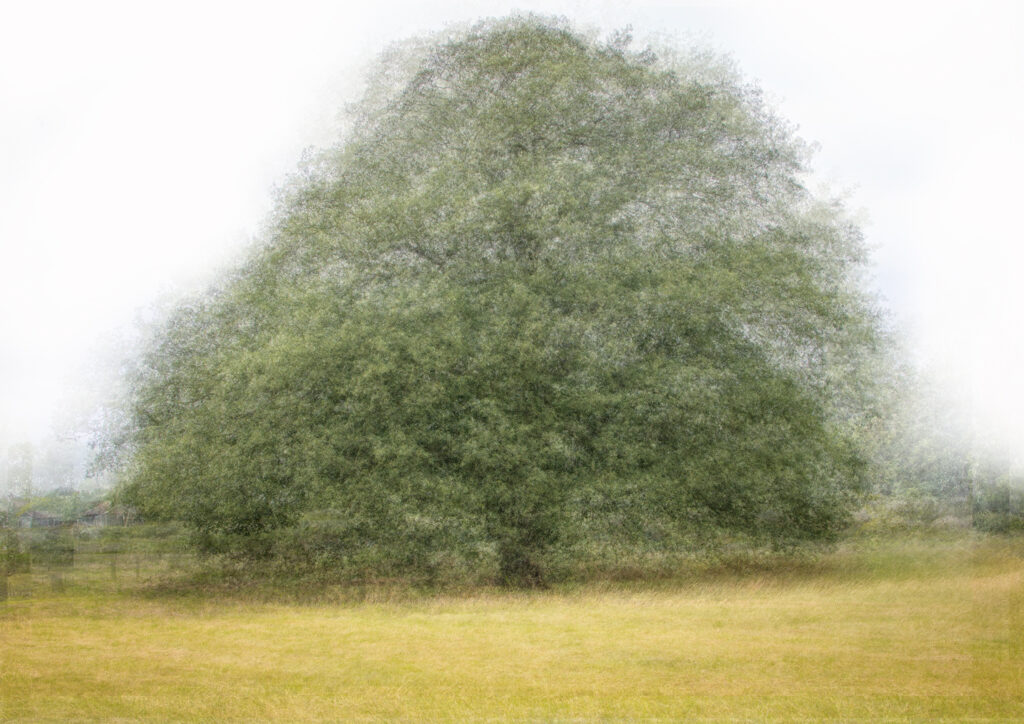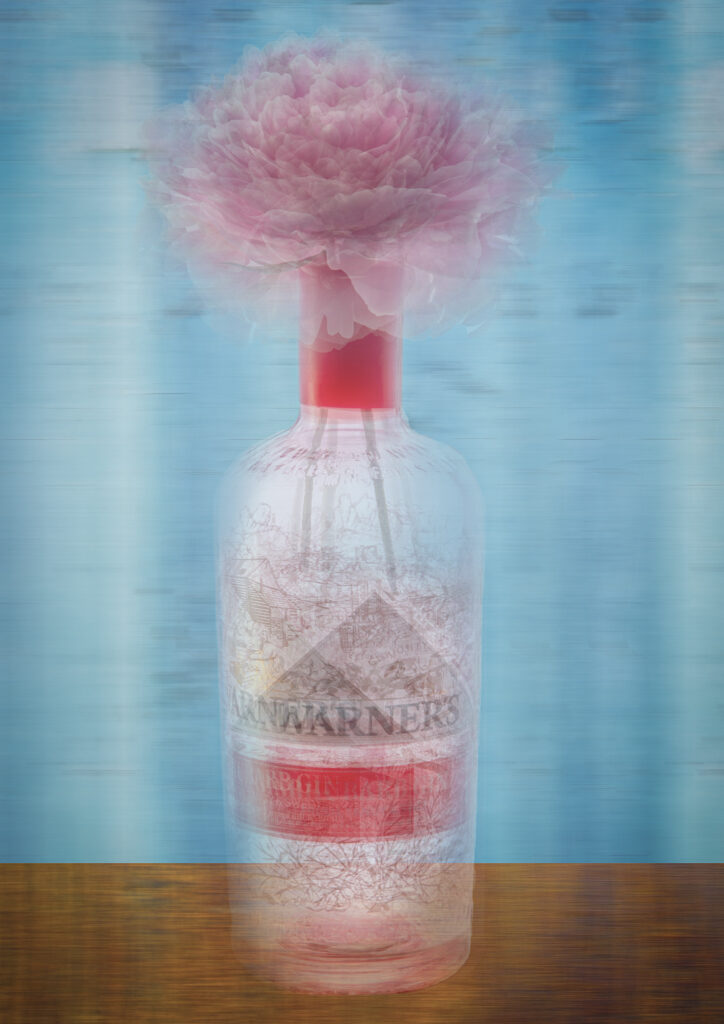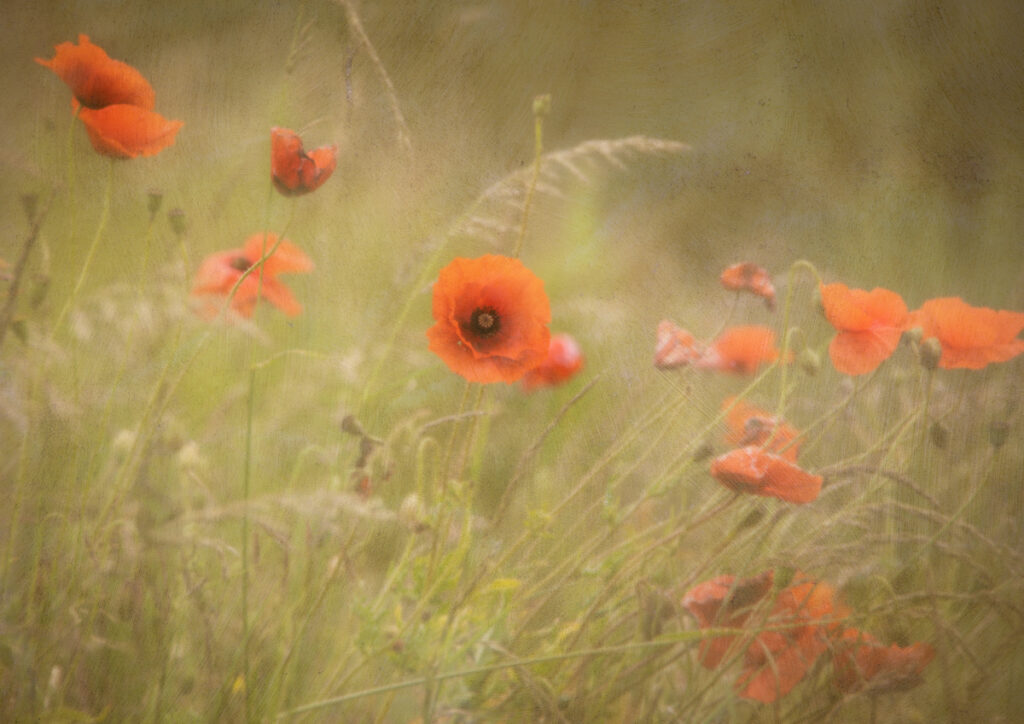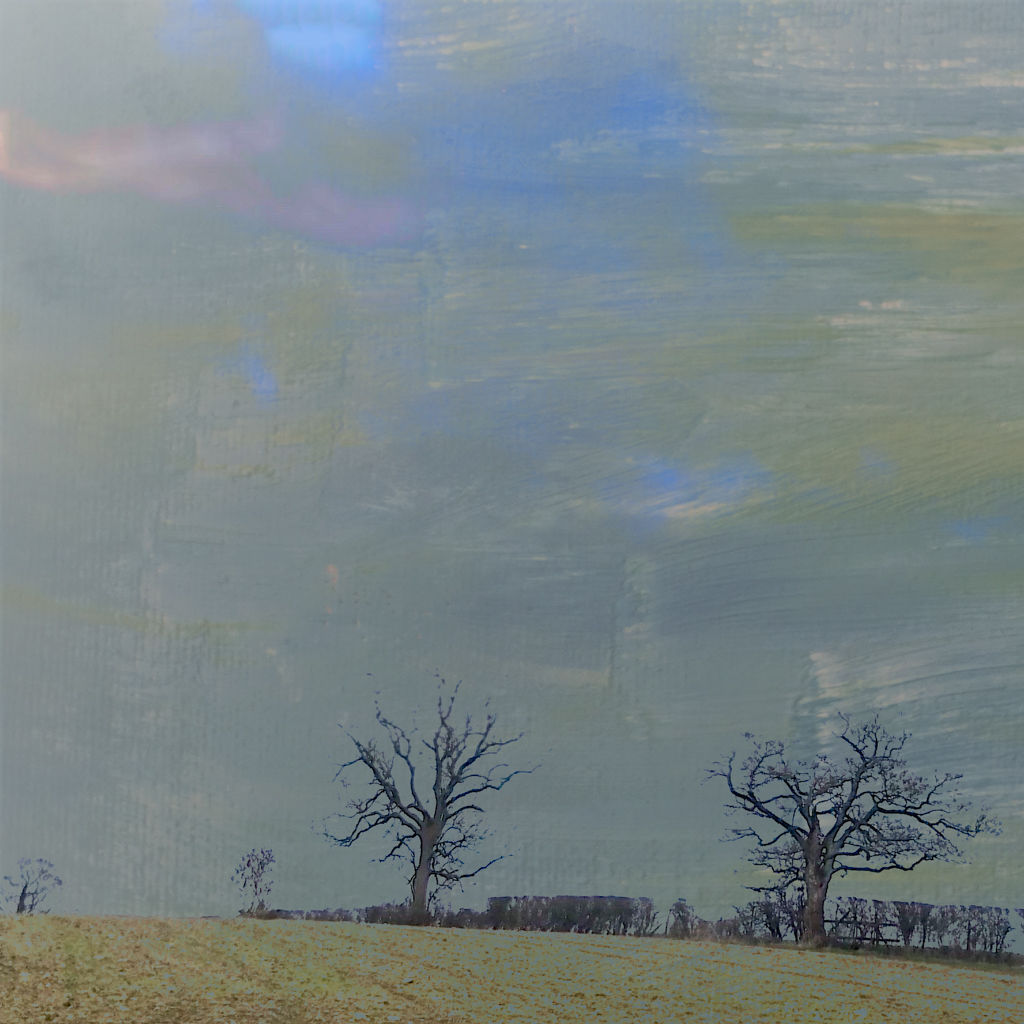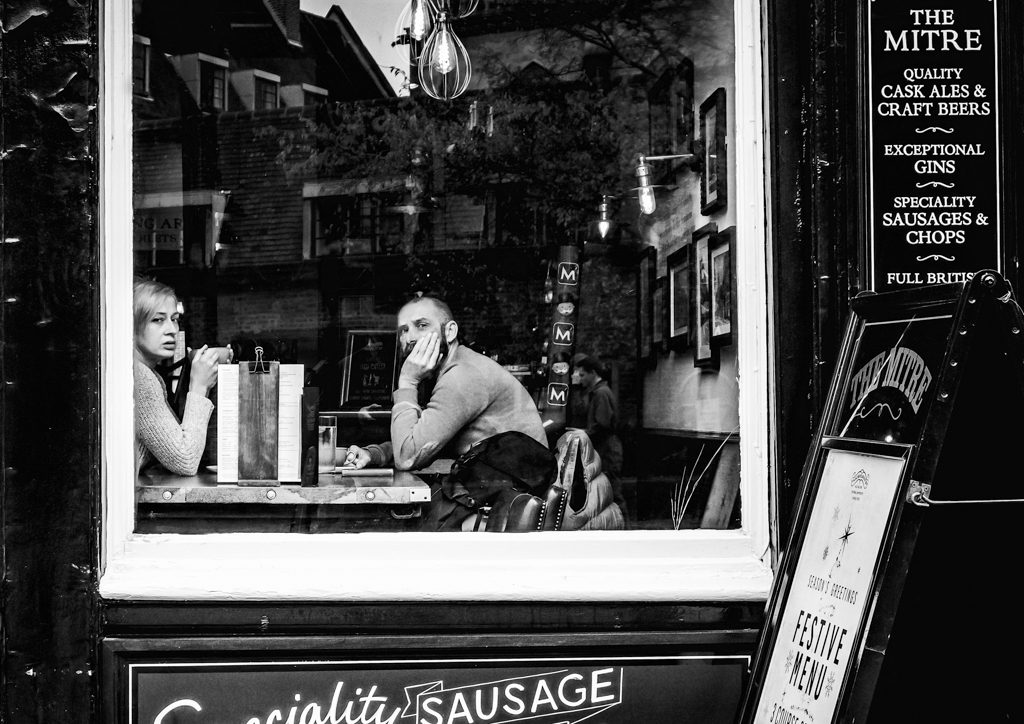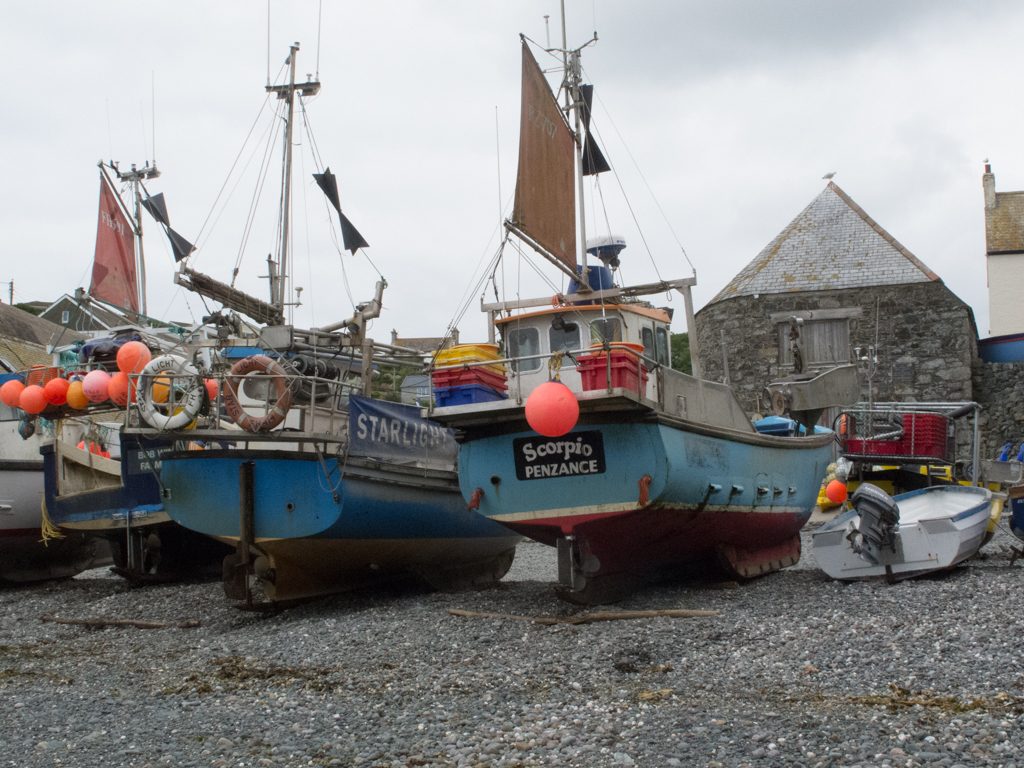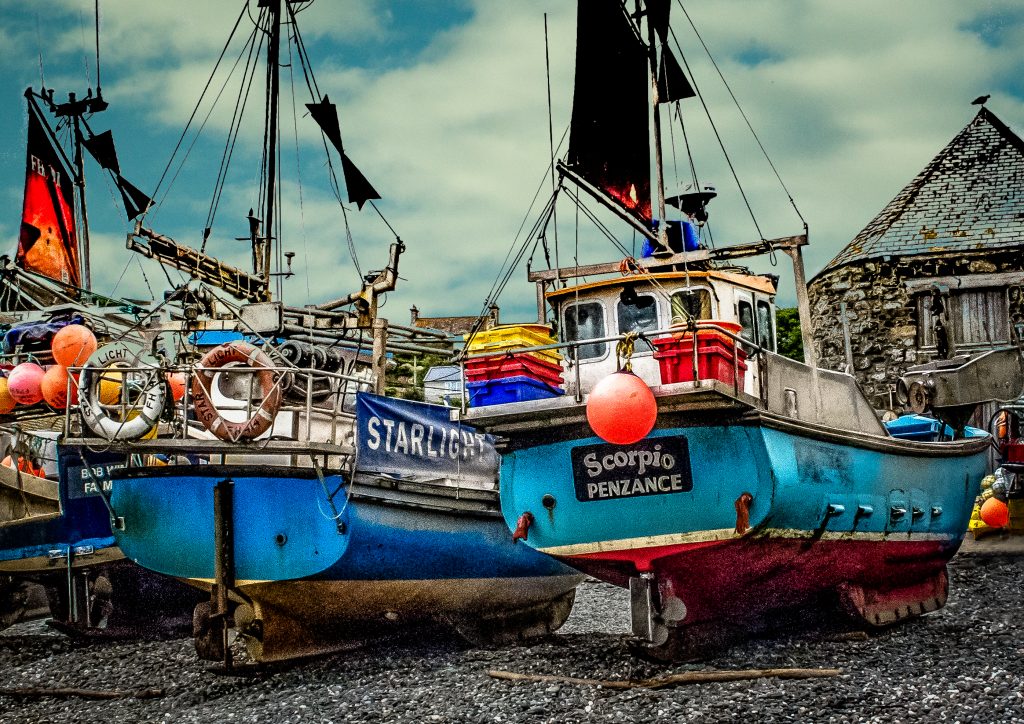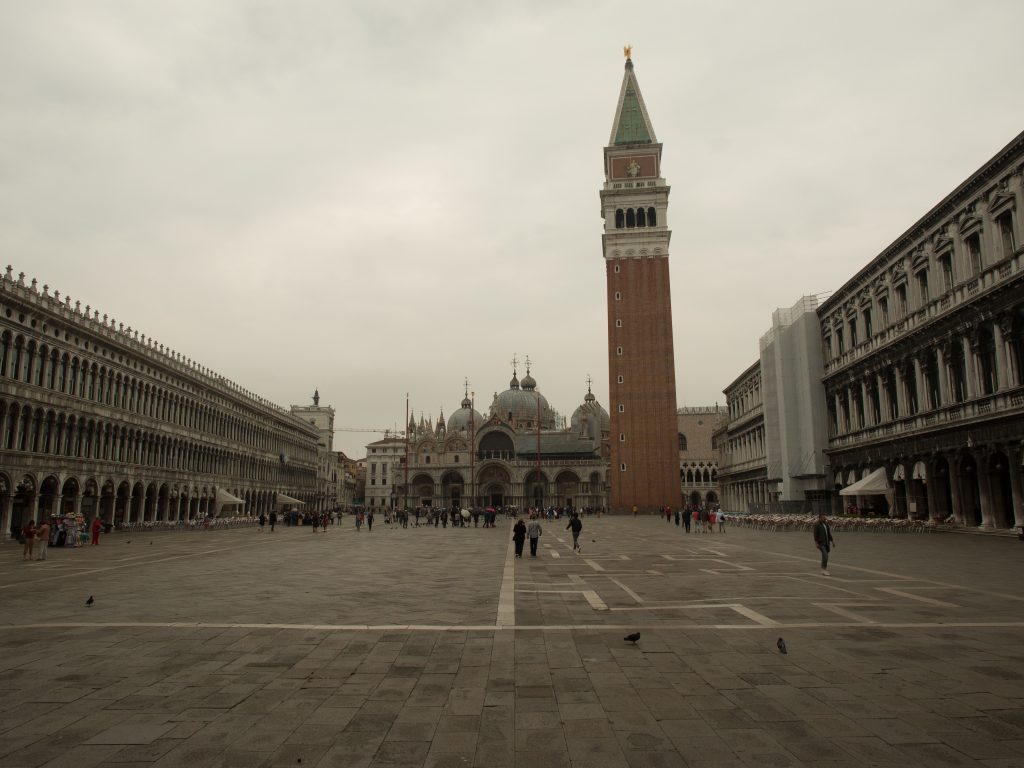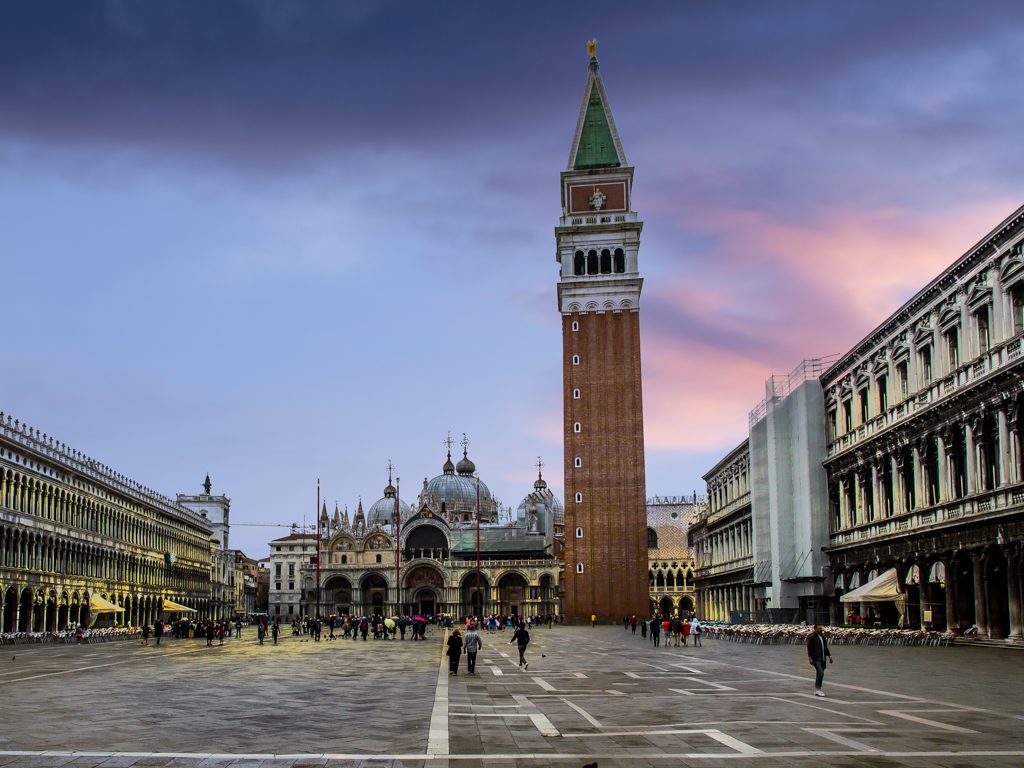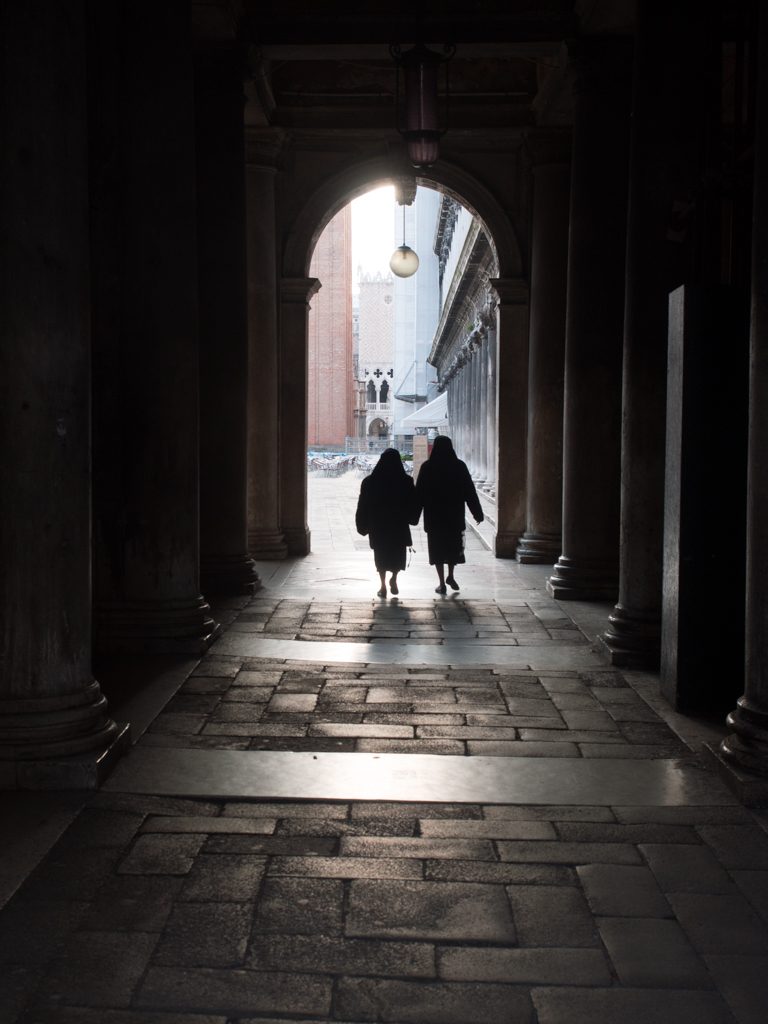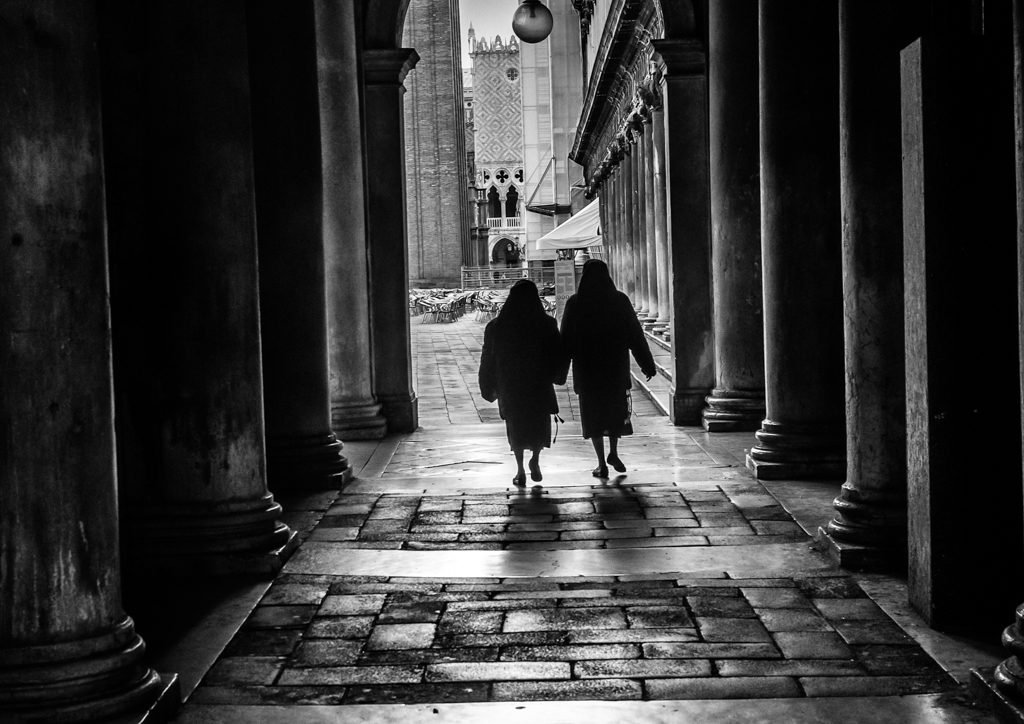Hyper collage photography has developed out of collage, which has long been a technique used in both art and photography. Man Ray was an early exponent of photography collage in the 1930s. Jump forward, and we are all aware of the images created using Photoshop layers to build composites. Often to create fantasy effects. Andrea Hargreaves is one of my favourite artists using this technique.
….but what is collage? The Museum of Modern Art defines a collage as: a “technique and resulting work of art in which fragments of paper and other materials are arranged and glued to a supporting surface”.
Hyper collage photography is a technique that combines multiple images that are manipulated using Photoshop. For example, Jim Kazanjian uses the technique to combine photographs of different architectural features to create fantastical buildings and landscapes.
However, what has grabbed my attention. Are photographers that are using natural phenomena to create fine art hyper collage images.
Fine Art Hyper Collage Photography
Ysabel Le May
I first came across Ysabel le May at the Saatchi Art. Where her work sells for upwards of $4000.
She is based in Texas and her art has been exhibited all over the world.
Ysabel Le May can be summed up simply: W.O.W. It stands for ‘Wonderful Other Worlds’, which she creates through the process of hypercollage.
Saatchi Art
She photographs the natural world and uses collage to piece the images together to create a fantastical depiction of nature. She calls her images baroque tableaux.
The video above demonstrates the process she uses.
Lisa Frank
Lisa Frank is an American artist who describes her work as looking to communicate those momentary flashes of connectedness with nature.
She creates tapestries and still life composites using natural materials.
It is my purpose to draw the viewer into a local world as it hasn’t been seen before.
Lisa Frank
You can follow her process here.
Cas Slagboon
Cas Slagboom is a Dutch artist. Again he uses natural objects but often combined with human figures to create a fantasy feel.
For me, photography is more than capturing the perfect moment. Every time I try to capture my astonishment with a single photo, I am disappointed. This was not what I want to see and feel. It is larger, more complex, more diffuse. I have to bring all those fragments together. In compositions in which they together tell a story that transcends my understanding. So, that every time I look at it, I can be surprised again.
Cas Slagboon
All the photographic technology we have to capture our world in images may give us idea that we really see it. ………I use modern technology to find a language that exceeds the photographic moment, so there is sufficient room for the complexity of what we call reality.
Cas Slagboon
Summary
I included the two quotes from Cas Slagboon because they sum up my own feelings. That it is difficult to capture the reality of the moment with just one photograph. I have been experimenting with the Pep Ventosa style of photography and mixing abstract and reality to capture what we really see and feel.
Hyper collage photography is just one more technique on that journey.
